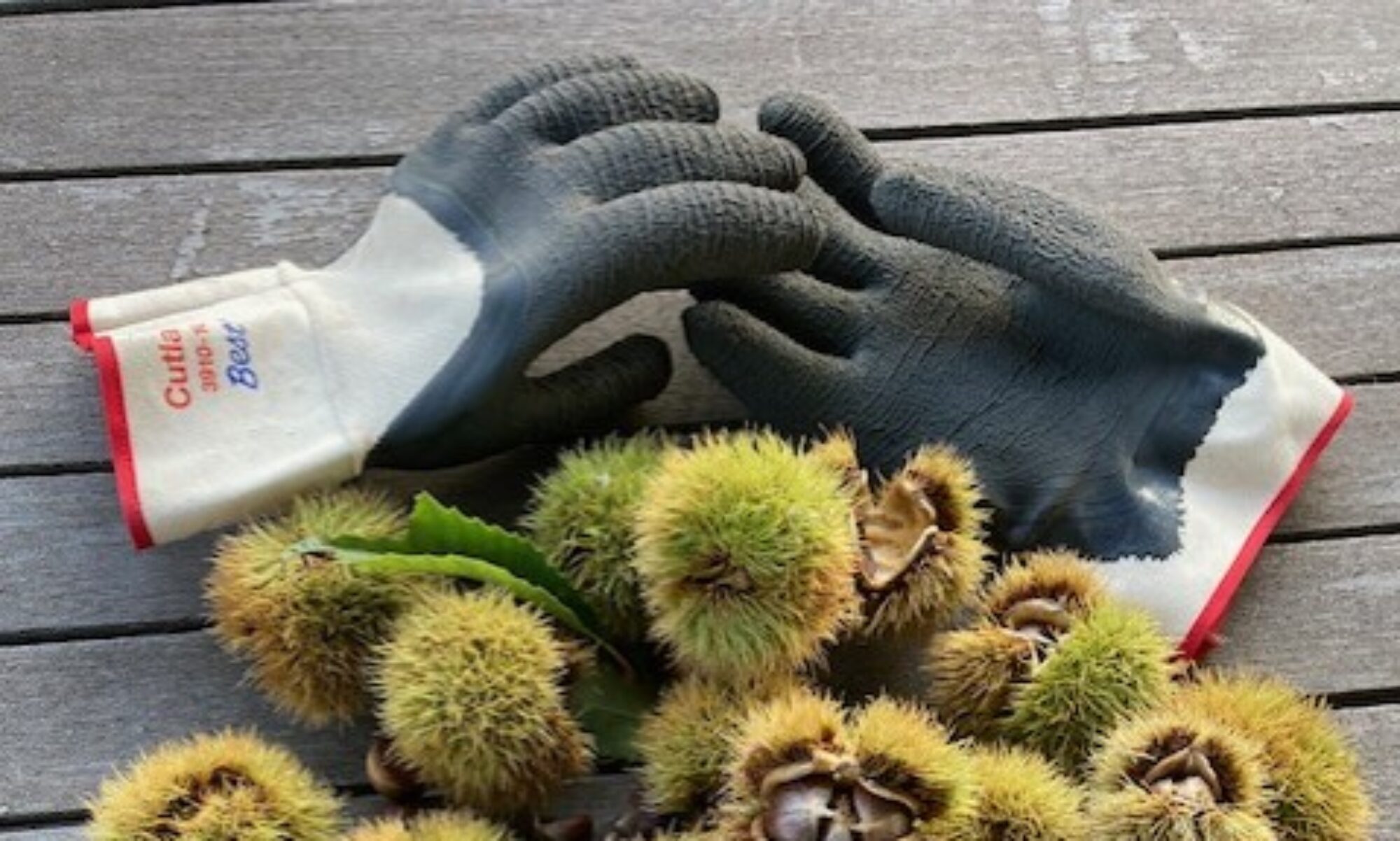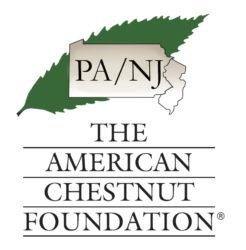Please find below a small selection of thoughtful comments supporting the Petition for Determination of Nonregulated Status: State University of New York College of Environmental Science and Forestry; Blight-Resistant Darling 58 American Chestnut . These are short comments and excerpts (with links to complete comments). REad all the comments by follwing this link.
Featured Comments:
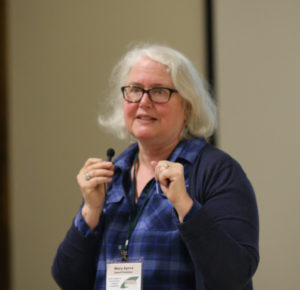 I ask USDA-APHIS to rule in favor of the Petition for Determination of Nonregulated Status: State University of New York College of Environmental Science and Forestry; Blight-Resistant Darling 58 American Chestnut (Docket Number: APHIS-2020- 0030) because this tree is almost 100% genetically American chestnut, not a hybrid with Chinese chestnut that formed a separate evolutionary branch 30 million years ago. Approval of the blight resistant Darling 58 American chestnut tree will bring us just a bit closer to realizing the forest dream of complex, mature Eastern hardwood forests with 200-300 year old trees standing 100-150 feet tall. ___ Mary Ayres PA/NJ TACF President (Complete comment)
I ask USDA-APHIS to rule in favor of the Petition for Determination of Nonregulated Status: State University of New York College of Environmental Science and Forestry; Blight-Resistant Darling 58 American Chestnut (Docket Number: APHIS-2020- 0030) because this tree is almost 100% genetically American chestnut, not a hybrid with Chinese chestnut that formed a separate evolutionary branch 30 million years ago. Approval of the blight resistant Darling 58 American chestnut tree will bring us just a bit closer to realizing the forest dream of complex, mature Eastern hardwood forests with 200-300 year old trees standing 100-150 feet tall. ___ Mary Ayres PA/NJ TACF President (Complete comment)
As a citizen conservationist and environmental advocate, every day I see the damage inflicted on trees, forests and fauna from invasive species, climatic  extremes, deer predation, insect and disease outbreaks, and infectious pathogens. Our trees and forests are under siege. And, unfortunately, the decline and near extinction of the American chestnut in the early 20th century was both a high order environmental disaster, as well as a harbinger of potentially fatal threats that are now commonplace in Hemlock, Beech, Oak, Ash, Elm, Pine, Fir, Ohia, Black walnut, Butternut, and many other tree species. ___ James Searing, PA/NJ TACF Vice President (Complete comment)
extremes, deer predation, insect and disease outbreaks, and infectious pathogens. Our trees and forests are under siege. And, unfortunately, the decline and near extinction of the American chestnut in the early 20th century was both a high order environmental disaster, as well as a harbinger of potentially fatal threats that are now commonplace in Hemlock, Beech, Oak, Ash, Elm, Pine, Fir, Ohia, Black walnut, Butternut, and many other tree species. ___ James Searing, PA/NJ TACF Vice President (Complete comment)
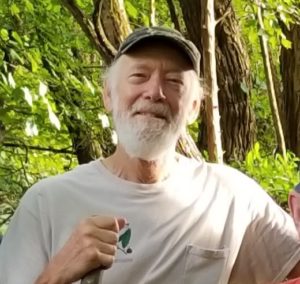 I realize that USDA’s specific concern with this application is whether the Darling 58 could become a pest. It is hard to see how a native tree growing in its historic range could be considered a pest. However, some could argue that the Darling 58 tree, with its added OxO gene, is a different tree. (Of course, hybrid trees are still more different in the number of added genes.) But research to date shows that the Darling 58 chestnut cannot be differentiated from wild-type American chestnuts except in blight tolerance. If the Darling 58 chestnut is placed into today’s environment where C. parasitica fungal spores are widespread, it can be expected to behave no differently than the highly susceptible original chestnut behaved in the pre-1890 environment devoid of C. parasitica blight spores. __ Mike Aucott, PA/NJ TACF Board Member (Complete comment)
I realize that USDA’s specific concern with this application is whether the Darling 58 could become a pest. It is hard to see how a native tree growing in its historic range could be considered a pest. However, some could argue that the Darling 58 tree, with its added OxO gene, is a different tree. (Of course, hybrid trees are still more different in the number of added genes.) But research to date shows that the Darling 58 chestnut cannot be differentiated from wild-type American chestnuts except in blight tolerance. If the Darling 58 chestnut is placed into today’s environment where C. parasitica fungal spores are widespread, it can be expected to behave no differently than the highly susceptible original chestnut behaved in the pre-1890 environment devoid of C. parasitica blight spores. __ Mike Aucott, PA/NJ TACF Board Member (Complete comment)
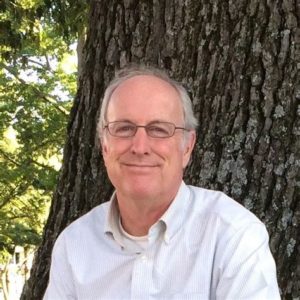 I completely support the use of genetic engineering to incorporate disease resistance into our forest trees. American chestnut should be an early target. The technique is completely safe. Doing nothing is ecologically disastrous. Refer to the comments by Dr. Ray Barbehenn for more details. ___Doug Tallamy (Complete comments of Dr. Ray Barbehenn)
I completely support the use of genetic engineering to incorporate disease resistance into our forest trees. American chestnut should be an early target. The technique is completely safe. Doing nothing is ecologically disastrous. Refer to the comments by Dr. Ray Barbehenn for more details. ___Doug Tallamy (Complete comments of Dr. Ray Barbehenn)
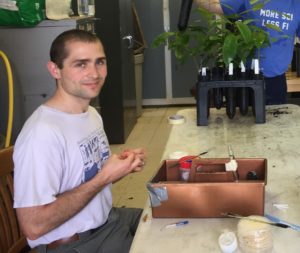 In the winter of 2015 – 2016 I had the opportunity to meet with Dr. Powell, Dr. Maynard, and other contributors of this petition at SUNY ESF during a tour of their lab. I was impressed by their dedication to restoring the American chestnut and by their integrity through experiments testing the stability of the gene and its expression. At the time, I did not understand why tadpole consumption of leaf litter was so important, nor was I aware of the amount of time spent on the subject. I later discovered the study started before I was born. As I learned more about the complexity of forests during my master’s studies, I came to appreciate the varied experiments that examined interactions between the Darling 58 tree and mycorrhizae, its nutrient content, and even the tadpole experiment. The more I learn about this work, the more evident the intent of the researchers becomes. They truly have the best interests of the forest ecosystem at heart, and by that extension, the best interests of the citizens of the United States.___ Lake Grabosky PA/NJ TACF Board Member (Complete comment)
In the winter of 2015 – 2016 I had the opportunity to meet with Dr. Powell, Dr. Maynard, and other contributors of this petition at SUNY ESF during a tour of their lab. I was impressed by their dedication to restoring the American chestnut and by their integrity through experiments testing the stability of the gene and its expression. At the time, I did not understand why tadpole consumption of leaf litter was so important, nor was I aware of the amount of time spent on the subject. I later discovered the study started before I was born. As I learned more about the complexity of forests during my master’s studies, I came to appreciate the varied experiments that examined interactions between the Darling 58 tree and mycorrhizae, its nutrient content, and even the tadpole experiment. The more I learn about this work, the more evident the intent of the researchers becomes. They truly have the best interests of the forest ecosystem at heart, and by that extension, the best interests of the citizens of the United States.___ Lake Grabosky PA/NJ TACF Board Member (Complete comment)
Scientific developments in the field of genetics over the past 40 years have been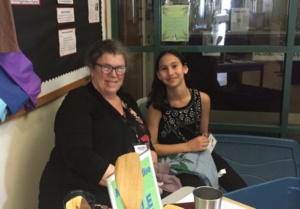 used freely in the pursuit of improving human health. It is now time to open the door to the restoration of the American chestnut with the best science we have. I fully support the use of transgenic chestnuts as a means of bringing back this beautiful, useful, iconic species, with its anticipated positive impact on forest health and restoration. I hope someday to see American chestnut trees grace my land, unimpeded by blight, as they once did long ago. ___ Louise Aucott , PA/NJ TACF (Complete comment)
used freely in the pursuit of improving human health. It is now time to open the door to the restoration of the American chestnut with the best science we have. I fully support the use of transgenic chestnuts as a means of bringing back this beautiful, useful, iconic species, with its anticipated positive impact on forest health and restoration. I hope someday to see American chestnut trees grace my land, unimpeded by blight, as they once did long ago. ___ Louise Aucott , PA/NJ TACF (Complete comment)
The single modified gene in the transgenic chestnut already exists in wild wheat, and the chestnut still has all its original genes. As a biosystems engineering student at UC Davis, I know that genetic modification is a powerful tool which can be used for good or ill, and in this case it is undeniably being conscientiously used for good. In order to save the American chestnut, a keystone species in the eastern US, we should authorize the nonregulated status of Darling 58 trees. ___Kathryn Tarver
I am a fruit and nut grower in New York State. Diseases and foreign (whatever; insects, fungi, diseases…) are constantly diminishing what Americans can successfully grow to maturity and produce sustainable food resources for America. This technological improvement to the American Chestnut will give us a very small victory in restoring a source of agricultural production for the United States. As a farmer and citizen I strongly encourage you to approve this project. Evidence has been collected through research by the American Chestnut Foundation that demonstrates that there is no risk for unintended consequences to the environment or other species of plants or animals. ___Donald Paukett
The eastern US has lost or is losing so many native species over the last 100 years or so, from Dutch Elm disease to Emerald Ash borer to Asian Longhorn beetle, but none of these seem so injurious as Chestnut Blight. As an owner of 25 acres of northern hardwood forest I am in favor of this introduction of Darling 58 transgenic Chestnut strain. It appears to have great up-side potential and limited down-side risks. At some point we need to trust the science, take the offensive and move forward.___ Larry Day
I support the deregulation of Transgenic Darling American Chestnut Tree developed at SUNY-ESF. I am a retired physician with a life long interest ecology. Our family has established a family fund called the ‘The Borrowed Earth Fund’ that is named after a native American saying,”We do not inherit the earth, we borrow it from our children.” Through this fund and with family members, we have contributed to efforts to restore the American Chestnut tree. We established A 2 acre, fenced planting of back-crossed American Chestnut tree varieties with 3 Chinese chestnut control trees, a surviving total of between 700 and 800 trees at Dawes Arboretum. Seedlings from these trees have been distributed to: farms of people whom helped plant the trees, Metro parks and City parks in Columbus.
I have been along standing member of TACF. I have followed the development of the transgenic tree and understand the process of the trees at SUNY-ESF. I understand that it involves the transfer of only one active gene that produces an enzyme tht only speeds up the the detoxification of oxalic acid and otherwise has no and one marker gene.___Robert N Clark,MD
Read all the comments here: https://beta.regulations.gov/document/APHIS-2020-0030-0001/comment
